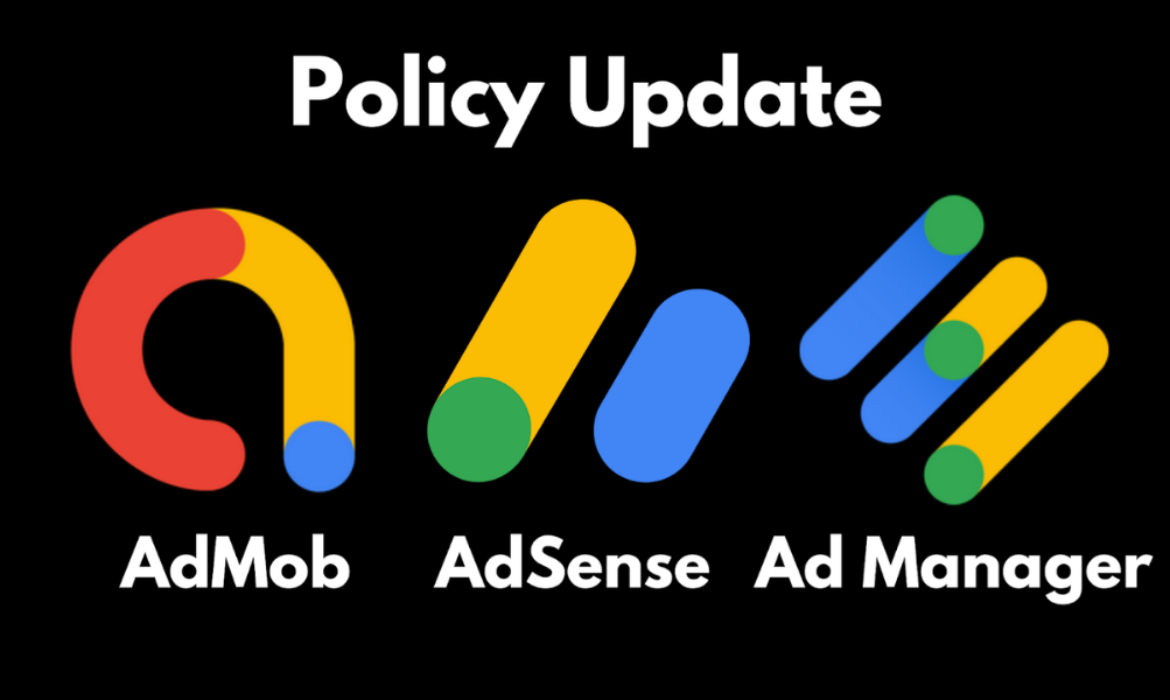Google Ends All Gossips: Revealed Fee Structure For Advertisement Tools
Since a long time now! People were keen to know the prices of advertisement with Google, especially after it declared its DSP, DV360. The speculations were high, as there are always some hidden charges, including taxes.

Image credit – marketingland
However, Google ended this ongoing gossip! By releasing a series of blogs and articles, it painted a clear picture by releasing its fee structure for its different portals.

Image credit – PeggyKSTipsandTricks
These portals included Display and video 360, Google ads, Ad Manager and its publisher tech. It is the first incidence where Google came out openly with its prices.
According to an aggregate data of 2019, if the advertiser spent $1 on the media with Google tech, the Publisher received a 69% share from that dollar. Whereas, the rest 31% is the profit gained by Google.
Reportedly, DV360( DSP) takes only 13% of $1 spent by an advertiser on media. On the other hand, Ad Manager charges an approximate of 18% of the dollar spent by the advertiser.

Image credit – Ezoic
However, with Google Ads, the campaigns include the display, it charges 14% of every dollar spent by an advertiser. The ad networks charge their advertisers on the bases of cost-per-outcome. However, they pay the publishers on a CPM basis. Therefore, the cost varies on average.
Google disclosed the direct and programmatic amount, which they charge from publishers.
In an analysis of top 100 news publishers, who are using Google, discovered that they directly or indirectly(through partners) sold three-quarter of their inventory to the company. In that setup, Google charges an approx 1% fee based on the ad requests volume.
For the advertisements, in the remaining quarter filled programmatically, Googles charge, for handling the impression was 16%. it also clarified, for any impression filled directly by publishers, Google only charges 5% of the total revenue.

Image credit – Cardinal Path
Although, there are a couple of warnings: While publishers use different DSPs to sell advertisement through multiple ad exchanges, they might be paying variable amounts for these advertisements. Through open biding, Google charges 5-10 per cent fee. However, advertisements sold by Ad Manager is charged with a 20% fee.
Also, it’s not yet clear how Ad-sense works in all this share proportion. According to previously shared data, Google takes with Ad Sense is around 68%. However, it wanted to clarify to the publishers that it doesn’t double charge them with its additional charges for Ad Manager.

Image credit – PPC Land
Why All of Sudden Google is so Transparent?
Well, Google wants to prove that it doesn’t fraud its users. Since a long time now, it has been suffering from allegations.
Also, there is suppose to be an antitrust case which is anticipated by the tech giant this year. During this time frame, several parts of its business will be under a minute check. The state attorney general and the Department of Justice is supposed to be meeting on Friday, to discuss the case. This information was provided by The Wall Street Journal. Hence, as Google is earning a large chunk of its revenue from Ads, it could be one of the things that the departments will investigate.
Last year, an antitrust paper released faulted tech giant on its in-efficiency of sharing end-to-end fees. In a statement, it stated, “No one (other than Google) has visibility into what happens between AdWords and AdX.”
Even the programmatic ecosystem was demanding a transparent approach from Google. Sellers and buyers started to realize that their contract with the company, doesn’t give a clear justification of fee, which Google charged them.

Image credit – Google Support
The transparency started flooding the market nearly three years ago. Some independent ad technology companies including Rubicon Project and AppNexus shared data on their take away share of the money. They did so to get rid of the pressure from the industry to reveal the hidden fees. After that, the Trade Desk decided to go public. Hence, they reveal their fees every year.
ISBA is frequently auditing the supply chains. All this, to uncover the hidden charges. Marketers and other tech buyers are demanding from Blockchain to provide them with log-level data. These are the clear indications that publishers and advertisers are looking for transparency. The tech giant is trying to address the issue by providing transparency to its advertisers.
LiveIntent and Rubicon Project Invest on a Non-Cookie Based Identifier
LiveIntent and Rubicon Project have agreed to help publishers and media to do business on a non-cookie-based identifier.
The idea is to bring the Liveintent Authenticated Bridge framework to the header to help marketers and publishers reap the benefits of the ecosystem. The framework will be delivered via the bidstream of the Rubicon Project. The Liveintent Authenticated Bridge – a unique, privacy-safe identifier known as nonID will connect advertisers to publishers using hashed email addresses – to support media buying and selling without dependence on third-party cookies.
The key to Liveintent’s addressability framework, Authenticated Bridge for publishers and marketers is powered by email. Additionally, it allows media traders to understand the primary email associated with the particular browser or device by connecting it to the first-party data signals.
Prior to the pandemic and civil rights protests, ad tech 2020 was looking for options to replace cookies after the largest internet browser Google Chrome announced a gradual phase-out of tech by 2022.
Google is yet to implement the planned updates like other web browsers. The market share of Google Chrome is almost 50% of all installed internet browsers which means it can have a huge impact on the industry and can lead to a closedown of many independent ad tech players.
In the interim, efforts are made to find a way forward for the $130 billion industry where online technologies are being monitored by privacy regulators. Liveintent powers marketing and advertising technology that is cross-device and cross-browser compatible and does not require the use of third-party cookies. CEO Matt Keiser described Authenticated Bridge solution as nonID which means open to all – anyone can adopt it. Liveintent works with around 2000 publishers and 1000 advertisers.
As reported in Adweek, Matt Keiser said,
So, we haven’t made it something you need to sign a contract in order to adopt. Additionally, our ID is 1:1 with an email address.
This means the days of closed solutions are over for publishers and brands as Liveintent does not encrypt its identifier per user, unlike other proprietary solutions. Publishers had to struggle to monetize the web traffic when Apple and Mozilla restricted third-party cookies. This is where the Bridge solution can help to offset such issues. Liveintent’s first-party solution is powered by its Identity Graph whose insights are directly connected with validated and active emails.
CEO Matt Keiser said,
This framework works with established vendors’ proprietary IDs but is also pen to any publisher or brand that has their own email data. LiveIntent and Rubicon Project believe in the power of open source technology and have built solutions designed for easy integration and adoption, all while adhering to data compliance.
Garrett McGrath, Vice President of Product Management, at Rubicon Project said,
We continue to work with industry partners to develop community-driven identity solutions that simplify and enhance the advertising experience for publishers, advertisers and consumers, all the while respecting data privacy. LiveIntent’s Authenticated Bridge framework provides an identity solution that is reliable, transparent, and streamlined.
He further added,
In addition to helping publishers make their inventory more accessible and useful to advertisers, people-based identifiers improve the end user’s digital media experience.
Meanwhile, many independent players like AT&T, Live Ramp, and the Trade Desk have built different IDs in the replacement of cookies and are eager to offer their offerings. Google has also built its own ID tech and solutions under Privacy Sandbox but the industry is calling for governance with rising concerns of continued dominance from the duopoly Google and Facebook.



